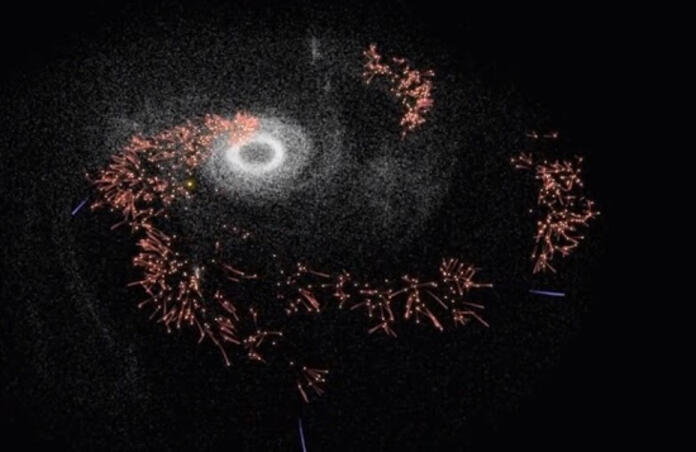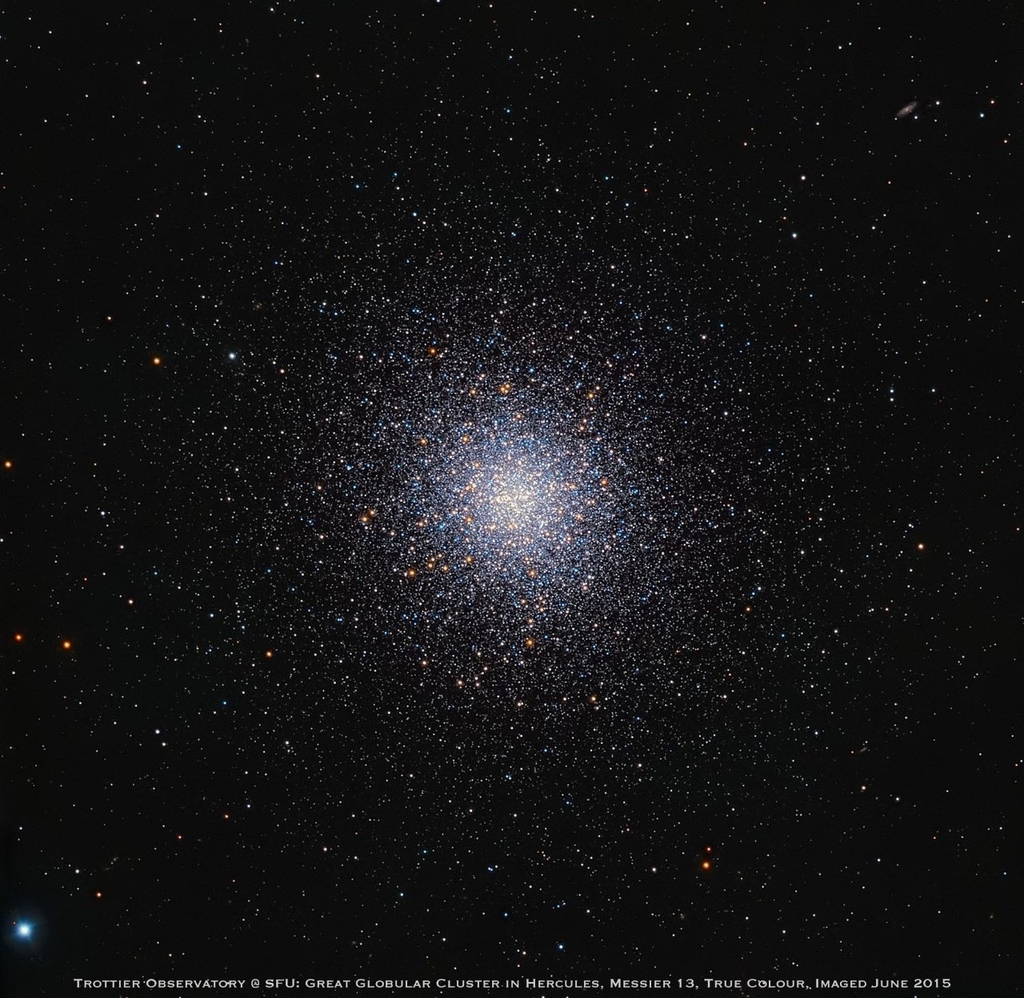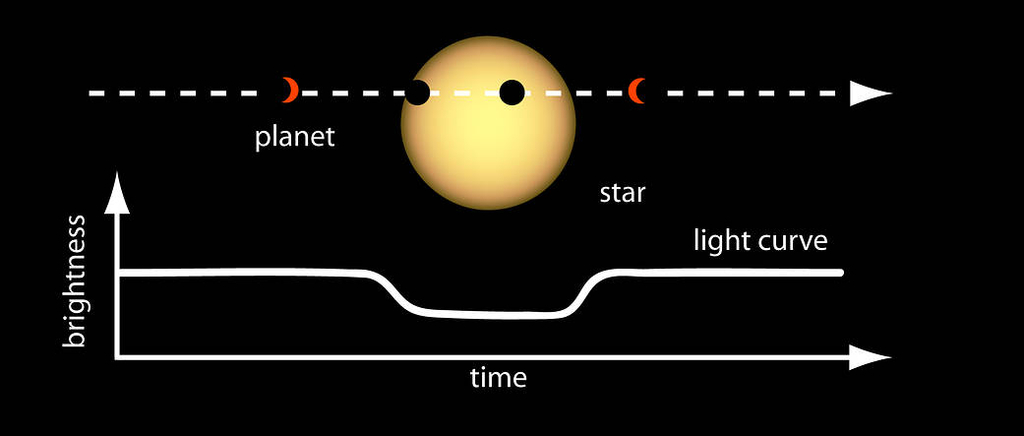New simulation of alien galactic colonisation

“Where are the aliens?” This is the famous Fermi paradox: there are billions, if not trillions of galaxies in our Universe with billions of stars in each, most of which are orbited by one or more planets – why has no alien lifeform contacted us?
Exoplanets within the Milky Way are the most interesting ones for the search for life, since the closer they are, the easier it is to study, for instance, their atmospheric composition. What’s more, to contact an intelligent lifeform, we have to send signals over distances which span light-years – but for planets in other galaxies, the time taken for one message to do the return journey is in some cases longer than the predicted remaining lifespan of our Sun: who knows if and where humanity will survive after the solar supernova, and if in that place they even could receive a reply.

Interest in the level of technological advancement of an extra-terrestrial civilization dates back to the 60s, when Soviet astronomer Kardashev conceived of one able to harness the energy of its star (Type II on the Kardashev scale) and ultimately the power of its entire galaxy (Type III). More recently, studies have focused on the technicalities of colonising other planets and then other star systems. In practice, for us humans, NASA is working on the first step, which is to establish a permanent base on the Moon before reaching Mars and beyond. The cover image shows an older simulation by ESA of how humans might settle in our galaxy. Now, a new simulation has shown that the best place to look for extra-terrestrial colonies could be the centre of the Milky Way, often less studied due to the density of stars. However, it’s there that older star systems are to be found, where life would have had the most time to develop.
Parameters of the simulation include the speed and maximal travel duration of a colonisation vessel (30 km/s, the speed of a human spacecraft, and 300 000 years, corresponding to a range of 10 light-years), as well as a delay between settling on a habitable planet and launching a vessel towards a new one. Uniquely, the motion of star systems within the galaxy is also taken into account. This new consideration led to a dramatic result: the galaxy’s rotation creates a “front” of spacecrafts, and once that reaches the denser galactic centre, a majority of the galaxy could be colonised in less than a billion years. Still, this is a rather short timescale, which might explain the fact that the Milky Way remains “quiet”; life might have spread in the past, even on Earth , but it was then eradicated by environmental and galactic phenomena, leaving no traces behind. At the same time, to be most efficient, the coloniser will leave certain regions of the galaxy empty, and the explanation for the silence would be our existence within such a void, and our observational limitations.
This finding opens up the discussion about life under the favourable conditions in globular clusters, too, since these are of comparable density to the galactic centre. Travel and communication times within these clusters are likewise reduced. Key questions about the habitability of clusters need to be resolved, such as how much the proximity of stars affects planets’ orbital stabilities, or how useful the phenomenon of “mass segregation” is, where the most massive stars are gravitationally drawn towards the globular core so that lower-mass stars with the best conditions for life formation are at the periphery.

So, the main challenge is to find traces of such a technologically advanced, space-faring civilization: the density of the galactic centre and globular clusters might be an advantage for their inhabitants, but for us observers it means that the traditional methods used to detect exoplanets can’t be applied. Radio telescopes are attempting to find an unusual signal that could indicate the presence of technology rather than a planet itself, but this hasn’t happened yet. This is just like when us humans have sent a message in 1974 with the Arecibo telescope to the M13 Hercules globular cluster, located some 22 000 light-years away – don’t forget that if the information indeed reaches an extra-terrestrial civilization capable of decoding it, we still have to wait at least another 43 953 years for a response …

Still, the more common methods to find exoplanets give fascinating perspectives too: a team of astronomers at Cornell University have “reverse-engineered” the transit method, finding an astonishing 2,034 nearby Star Systems from which the Earth passing in front of the Sun (a transit) could be detected. It has been suggested that aliens avoid interfering with already inhabited planets, but that doesn’t exclude the possibility of them observing us!
Cover Image: Modelling Galactic Settlement, ESA/ACT
Image Credit:
1 - Milky Way from Mojave desert, M. Cimone
2 - M13 globular cluster, H. Trottier/SFU Trottier Observatory
3 - Light Curve of a Planet Transiting Its Star, NASA Ames
